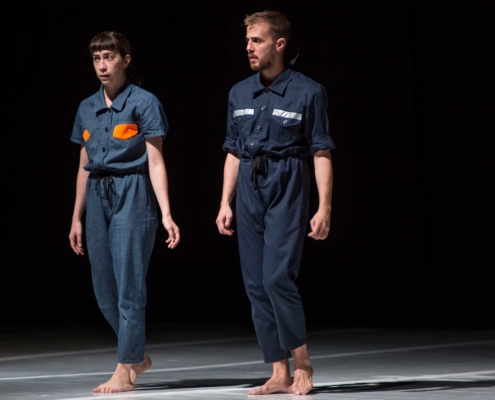There is a book I was very fond of as a child. I owned a simplified version of it – I don’t remember the publisher – with illustrations and some cuts to the original text. It was called From the Apennines to the Andes and told the story of little Marco who set off for South America in search of his lost mother. I was a child fascinated by melodrama, and I distinctly remember that I loved to identify with the book’s protagonist, despite the fact that my family history had no tragedy to speak of.
This is one of the possible explanations why I lived my days in Buenos Aires in a constant state of surprise and emotion. This city, whose electric ferment never seems to stop, is inhabited by people who know how to love – it is their special skill. I cannot describe it any other way, this feeling that has accompanied me. There is a kind of common understanding towards happiness, and as an outsider it becomes inevitable to try to tune in.
In Buenos Aires, in addition to the Diarios workshop with five local dancers that resulted in a presentation open to the public, I decided with Elisabetta Riva to bring my work Avalanche. I think it was the best decision since it is the first project I am presenting to the Argentinean public: it sums up many things that represent me. There is a work on the body linked to memory, a very strong relationship with the voice and the text, which I have developed in all my subsequent shows, and it oscillates between two registers, one more popular (linked to a certain pop culture) and the other more universal, linked to the human in the broadest sense. And also because it is performed with me by Teresa Silva, a formidable Portuguese dancer.
For ‘living’ works, it is fundamental to get to know contexts outside Europe: to meet different and distant audiences and communities, which invite one to continually correct one’s posture and which ask the work to make itself permeable, to adapt, in a continuous empathic exercise.
The Argentinean public amazed us with its extreme attention, its curiosity, its understanding, I would say sentimental before being intellectual. Even though there is never ‘an audience’: wherever we present our work, even in those contexts where we seem to know something about the cultural context, we always address individualities, stories and specific sensitivities, towards which our ability to understand what is happening is very limited. This mystery always makes the encounter with the audience an enigma, a romantic rendezvous.


